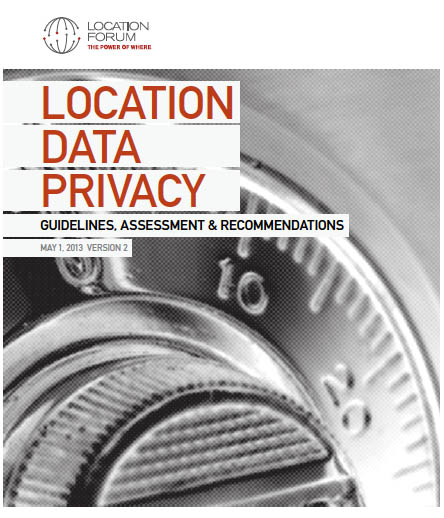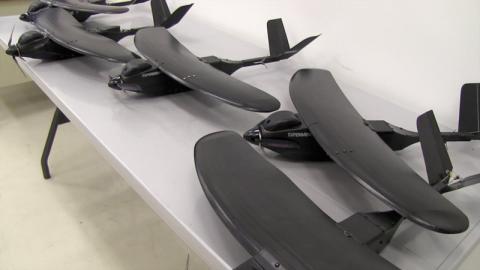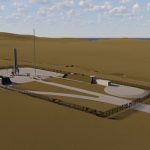GIOVE-B, the second Galileo in-orbit validation satellite, has arrived safely at the Baikonur Cosmodrome in Kazakhstan, where it is undergoing pre-flight checks in preparation for its launch early on April 26.
After completing final tests at the European Space Agency (ESA) space technology center in Noordwijk, The Netherlands, the spacecraft was transported to Baikonur aboard an Antonov An-124 cargo aircraft.
GIOVE-B, the second Galileo in-orbit validation satellite, has arrived safely at the Baikonur Cosmodrome in Kazakhstan, where it is undergoing pre-flight checks in preparation for its launch early on April 26.
After completing final tests at the European Space Agency (ESA) space technology center in Noordwijk, The Netherlands, the spacecraft was transported to Baikonur aboard an Antonov An-124 cargo aircraft.
A team of engineering staff made up of personnel from ESA and the industrial consortium that developed GIOVE-B will now check out the satellite and its associated ground support systems. ESA has set up a GIOVE-B launch website at <http://www.esa.int/SPECIALS/GIOVE-B_launch>.
Once it is ready for its mission, GIOVE-B will be mated with the Fregat upper stage of the launcher and then covered with the fairing (nosecone) that will protect it as the launch vehicle climbs through the Earth’s atmosphere.
As the date for launch approaches, the upper composite, made up of GIOVE-B, the Fregat and the fairing, will be transported by rail to the integration building and mounted on the third stage of the Soyuz FG launcher.
The completed launcher, which is assembled in a horizontal configuration, will then move by rail to the launch pad, where it will be raised into the vertical position, ready for lift off.
The first experimental Galileo satellite, GIOVE-A, was launched on December 28, 2005, with a mission to characterize and validate the critical technologies required for Galileo. GIOVE-A remains in service, but has reached the end of its two-year design life.
GIOVE-B will carry a high-precision passive maser clock — the most accurate clock ever flown in space — and will be capable of triple-channel transmission of navigation signals.
Based on the experience with GIOVE-A and – B, ESA will launch four operational satellites in 2010 to validate the Galileo concept with both segments: space and the related ground infrastructure. Once this In-Orbit Validation (IOV) phase has been completed, the remaining 26 satellites will be installed to reach the Full Operational Capability (FOC) by 2013.






